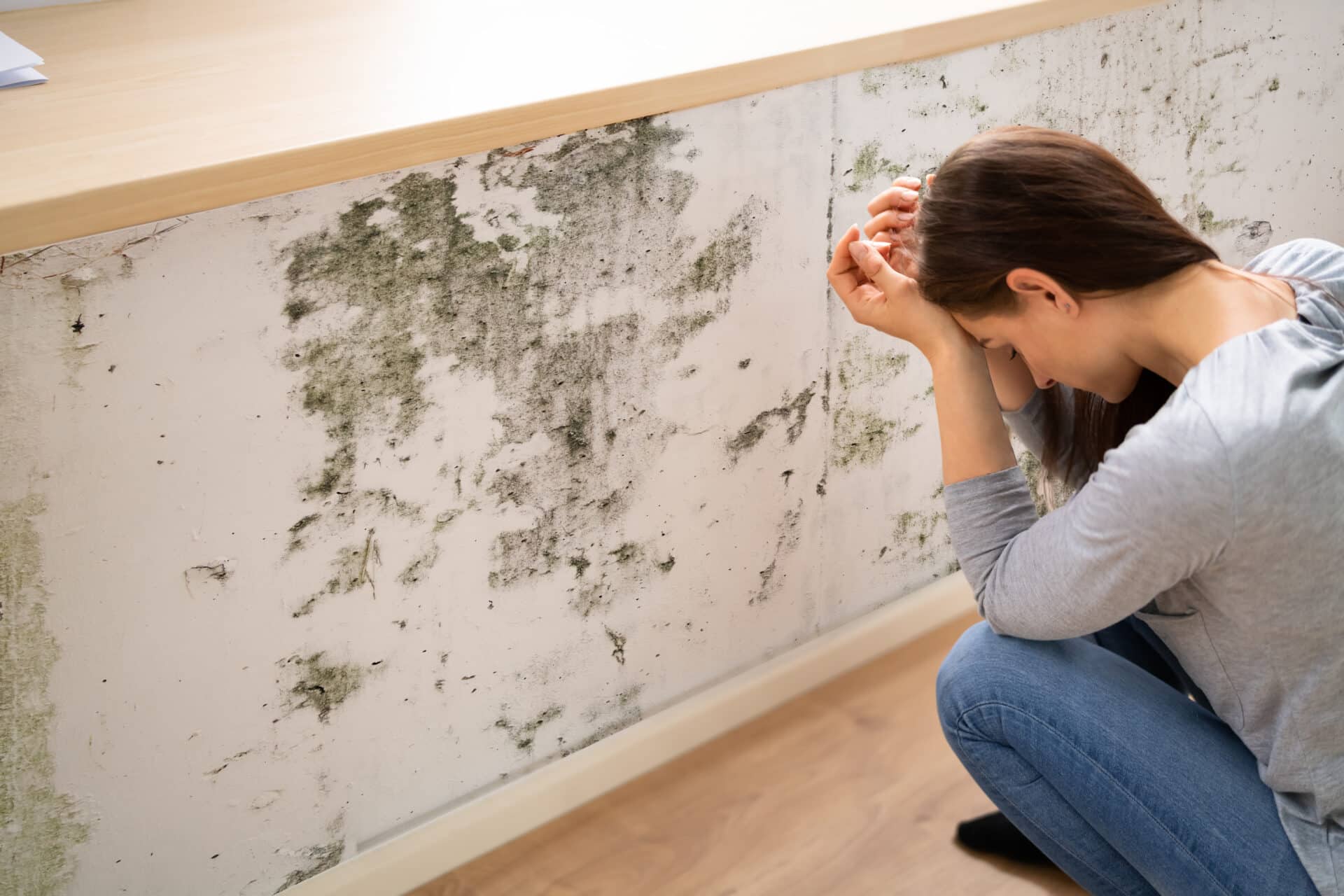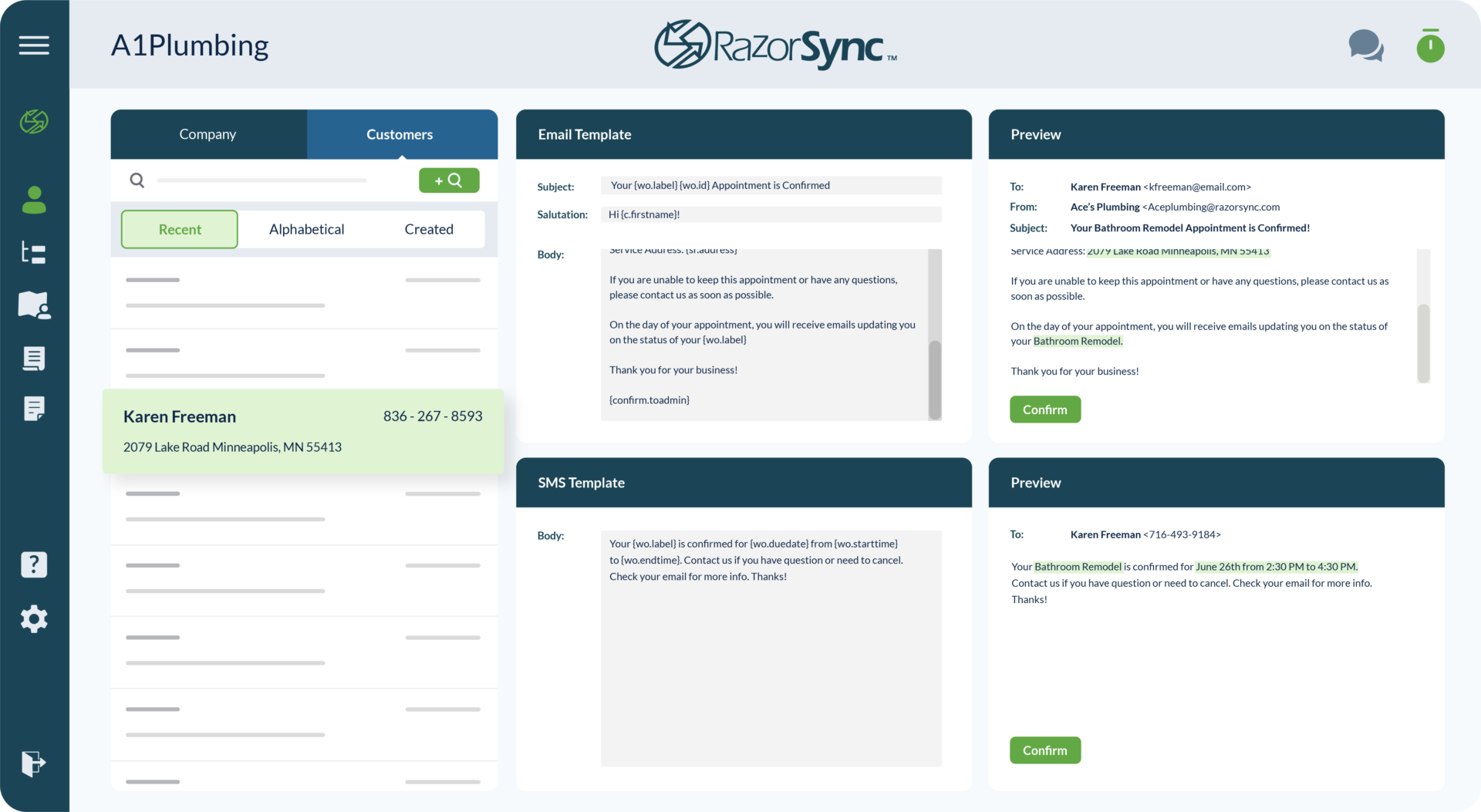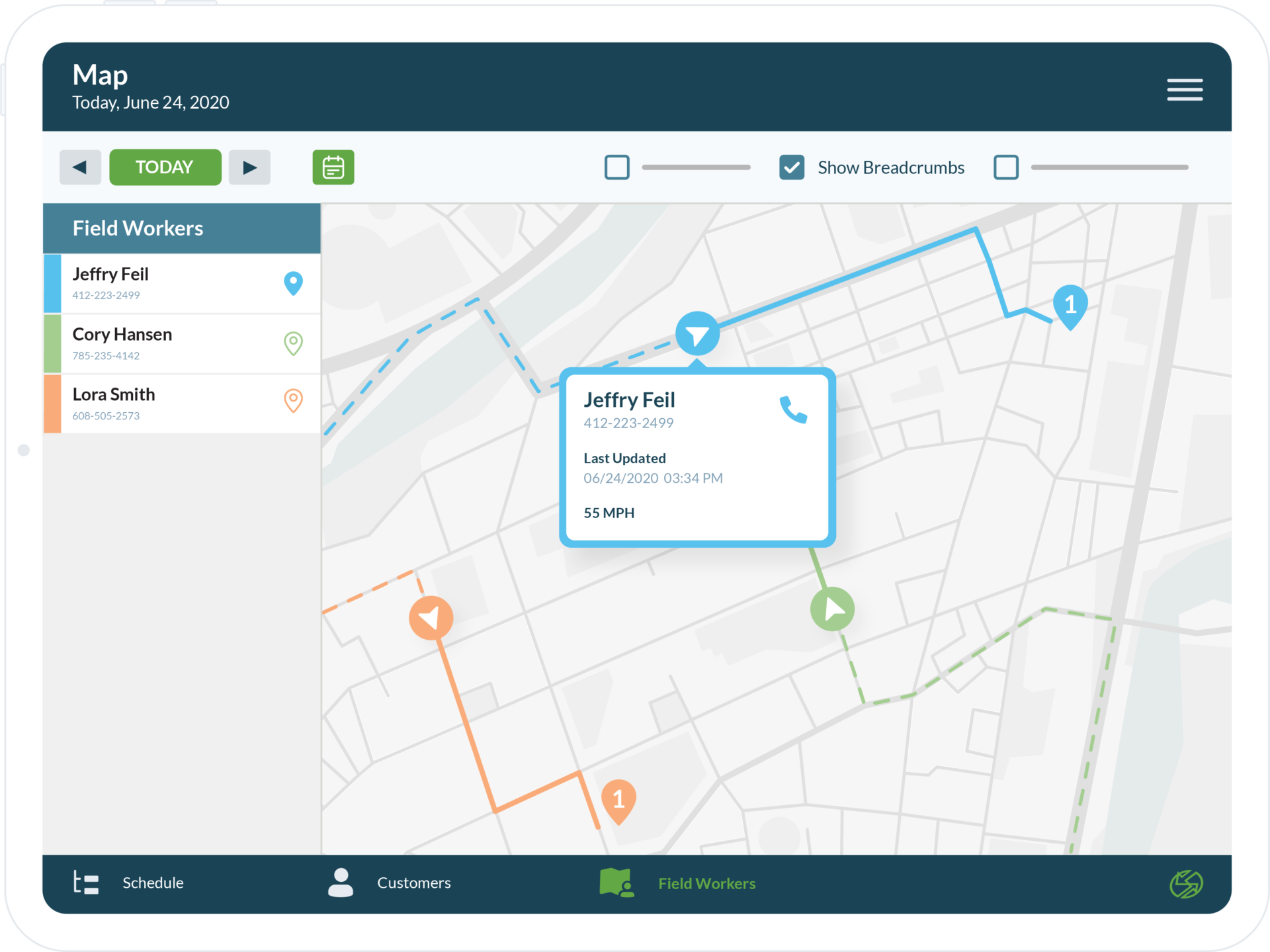Long-Term Effects of Mold Exposure
When completing a home improvement service call, it’s important to consider both visible and invisible hazards. One often-overlooked threat is mold—a toxic invader that enters...
Apr 10, 2025
# of Minutes to Read

When completing a home improvement service call, it’s important to consider both visible and invisible hazards. One often-overlooked threat is mold—a toxic invader that enters homes through moisture-prone areas and often goes unnoticed until it causes serious harm.
As a service professional, keeping your clients safe means understanding and communicating the signs of mold growth, along with the long-term damage it can inflict on both health and the home itself.

Respiratory Problems
Mold spores in the air can trigger allergic reactions and cause significant respiratory issues. Early symptoms often mimic seasonal allergies: sneezing, runny noses, itchy or watery eyes, and throat irritation. However, prolonged exposure can lead to serious conditions like hypersensitivity pneumonitis, where the lungs become inflamed and scarred—resulting in irreversible damage.
For individuals with asthma, mold exposure can severely worsen symptoms, leading to more frequent and intense attacks. Mold toxicity can also mimic flu-like symptoms that do not respond to antibiotics, making early detection crucial.
Chronic Fatigue
Mycotoxins, the harmful substances produced by mold, are linked to a wide range of health problems. One of the most debilitating effects is chronic fatigue. Sufferers may experience:
- Persistent exhaustion despite adequate rest
- Memory issues and difficulty concentrating
- Dizziness, especially when lying down
Recent research shows that mycotoxins can inflame the hippocampus—the part of the brain responsible for memory, comprehension, and sleep regulation. This inflammation leads to what many refer to as “brain fog”—a state of slowed or confused thinking that impacts job performance, relationships, mood, and even the ability to complete everyday tasks.
Recognizing Symptoms
Catching mold exposure early is key to avoiding lasting health consequences. Be alert to the following symptoms:
- Persistent allergy-like symptoms (sneezing, coughing, runny nose)
- Headaches and fever
- Breathing difficulties
- Musty odors within the home
These symptoms may be easily mistaken for a common cold or seasonal illness, but if they linger or worsen, it’s time to investigate for mold. Homeowners and technicians should also keep an eye out for visible mold patches in damp areas like basements, bathrooms, and around windows.
Prevention Tips for Homeowners and Technicians
The long-term effects of mold exposure can be serious—but they’re also largely preventable. Share these simple mold prevention strategies with your clients:
- Run a dehumidifier in moisture-prone areas
- Use air purifiers to reduce airborne toxins
- Ensure proper airflow and ventilation throughout the home
- Inspect HVAC systems regularly for hidden moisture buildup
Technicians should make mold inspection a regular part of home service calls, particularly in older homes or those with recent water damage.
Empower Your Field Service Team
With RazorSync’s field service software, your technicians can stay ahead of mold-related issues by organizing inspections, managing inventory for mitigation supplies, and delivering high-quality home services with greater efficiency.
Ready to streamline your operations? Try RazorSync free for 14 days or contact us for more information.











